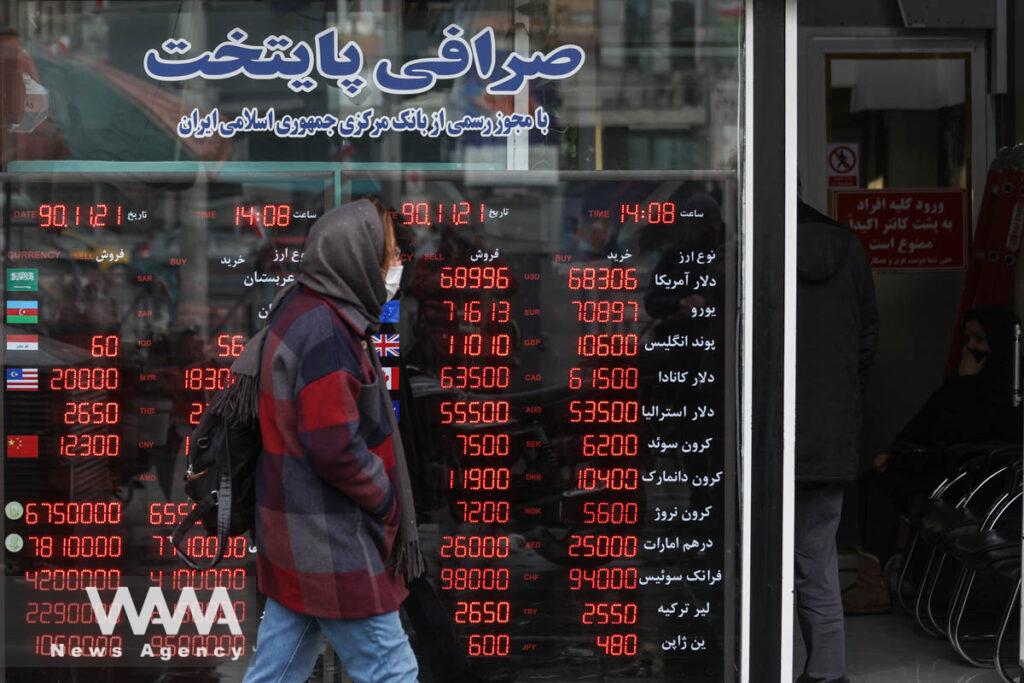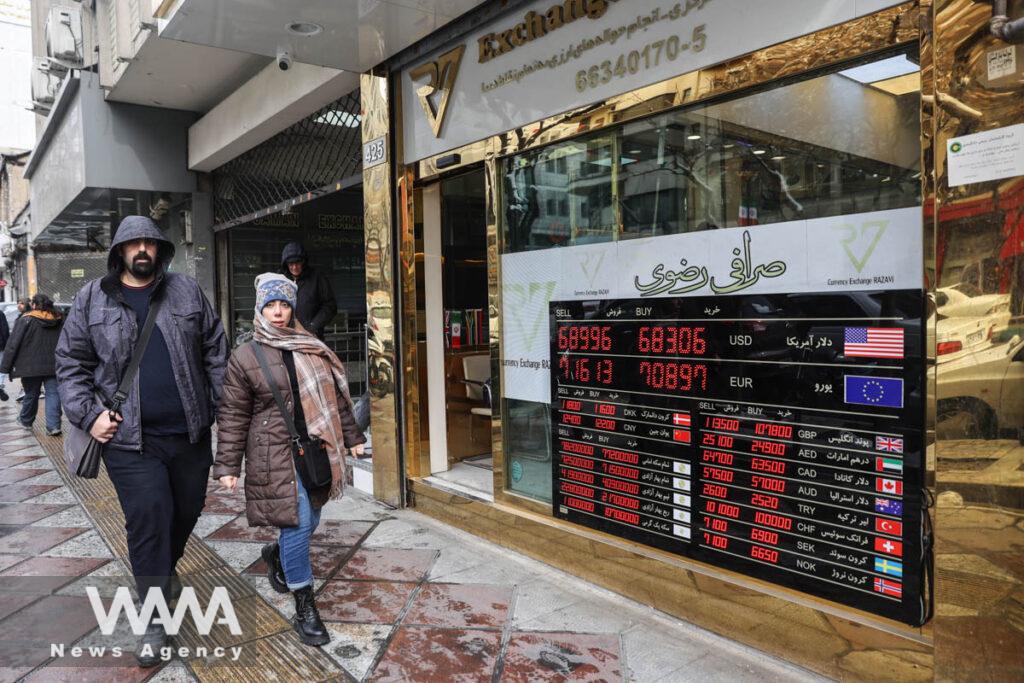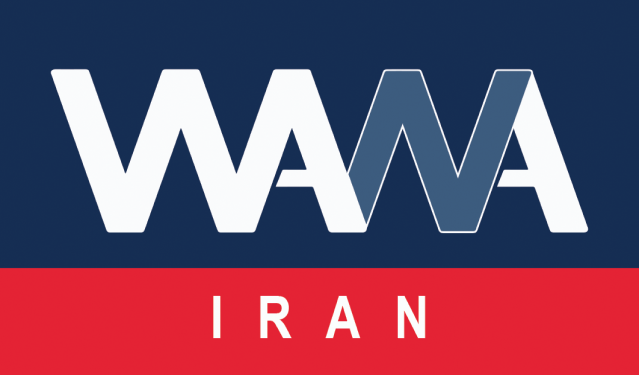Iran’s Currency Plunges Due to Political Tensions
WANA (Feb 09) – The Iranian rial has plummeted to a record low against the U.S. dollar, reaching approximately 892,500 rials per dollar, following recent statements by U.S. President Donald Trump and Iran’s Supreme Leader Ayatollah Ali Khamenei. The surge in foreign currency prices has sparked concerns among Iranians, with many seeking safe-haven assets such as gold and cryptocurrency.
Political Uncertainty Drives Currency Fluctuations
Analysts attribute this sharp decline to political uncertainty surrounding Iran’s foreign relations. On February 4, U.S. President Trump signed a presidential memorandum reimposing a policy of maximum pressure against Iran, aiming to deny Tehran all paths to a nuclear weapon and counter its influence abroad. He stated, “I want Iran to be a great and successful Country, but one that cannot have a Nuclear Weapon.”
In response, on February 7, Ayatollah Khamenei dismissed the possibility of negotiations with the U.S., stating, “Negotiation with America does not solve any problems. It is neither rational, nor intelligent, nor honourable.”
These statements have heightened market instability. The impact is visible on the streets of Tehran, particularly in Ferdowsi Square, where currency exchanges have seen a rush of buyers looking to secure U.S. dollars. Newspaper headlines reflect growing concerns over the economic outlook, highlighting fears of further devaluation and rising inflation.
As part of this report, WANA gathered public opinions and expert analyses on the issue.
A Tehran resident shared their frustration: ” They used to come and announce if there was a change in the amount of Dollar (even if it was) 500 tomans 1000 tomans, they ( the government) would say it was a rate bubble ( it’s temporary) or at least give an explanation but now during a week, 15 thousand tomans has added to the rate of Dollar and there has been no explanation, nothing even to convince people or make them hopeful to the future .”
The second primary concern revolves around the U.S. strategy moving forward. Some experts believe Washington will intensify sanctions, while others warn of a potential military escalation.

People walk past a sign at a currency exchange as the value of the Iranian Rial drops, in Tehran, Iran, February 9, 2025. Majid Asgaripour/WANA (West Asia News Agency)
Can the Government Contain the Crisis?
With inflation soaring and economic confidence waning, questions arise about whether the Iranian government can stabilize the situation.
A shop owner in Tehran voiced their frustration: “We were hoping that with this new government, and organizing the economic situation despite all the promises they made, they have done nothing so far .”
Public Demands and Government Responsibility
As economic hardship deepens, the Iranian public calls for urgent measures to curb inflation and stabilize the rial, maybe even with negotiations over the nuclear fuss!
Many demand transparency in economic policies and more decisive action against currency speculators and hope that a potential agreement on the nuclear issue can ease these hardships
One interviewee stated, ” We were hoping that with this new government, and organizing the economic situation, despite all the promises they made, they have done nothing so far .”
The coming weeks will be critical as both domestic policies and international developments shape Iran’s economic future. With continued volatility in the exchange rate, Iranians remain on edge, hoping for a resolution that brings stability back to the market.

People walk past a sign at a currency exchange as the value of the Iranian Rial drops, in Tehran, Iran, February 9, 2025. Majid Asgaripour/WANA (West Asia News Agency)













